
Let's talk about vitamin D and why we need to be making sure that we're getting enough of it right now, especially while we practice social distancing and try to stay healthy. "Vitamin D is actually a hormone that plays a critical role in regulating the immune system," says Sonya Angelone, MS, RDN. It's also crucial when it comes to helping your body absorb calcium and phosphorous. We all need it for healthy teeth and bones and to help us fight off diseases.
More from MamásLatinas: Foods that boost the metabolism
Although we all need vitamin D, our bodies cannot actually produce it. The only way we can get enough of this crucial nutrient is by being exposed to the sun or by ingesting it through our diets. If we lived in a perfect world and had a perfect lifestyle, we would have all of our vitamin D needs met simply by going outside and getting enough sunlight. But that's not how we're living. "There's a myth that we get vitamin D from simply basking in the sun, but what actually happens is that compounds (like prohormone) in your skin react with the sun's UVB rays to make vitamin D, which means our skin actually has to be exposed to reap the glowing benefits," says registered dietitian nutritionist Bonnie Taub-Dix.
The truth is that many of us are not getting enough vitamin D via the sun. According to a study posted by the Journal of Pharmacology and Pharmacotherapeutics, "Vitamin D insufficiency affects almost 50% of the population worldwide." That's about 1 billion people throughout the world and across all ethnicities and age groups. Yikes! Clearly, we need to be doing a better job of ensuring that we all get enough vitamin D through sunlight and diet so that we can all stay healthy. So let's dive into the details, because knowledge is power, and a powerful immune system is what we are after.
How much vitamin D do you need?
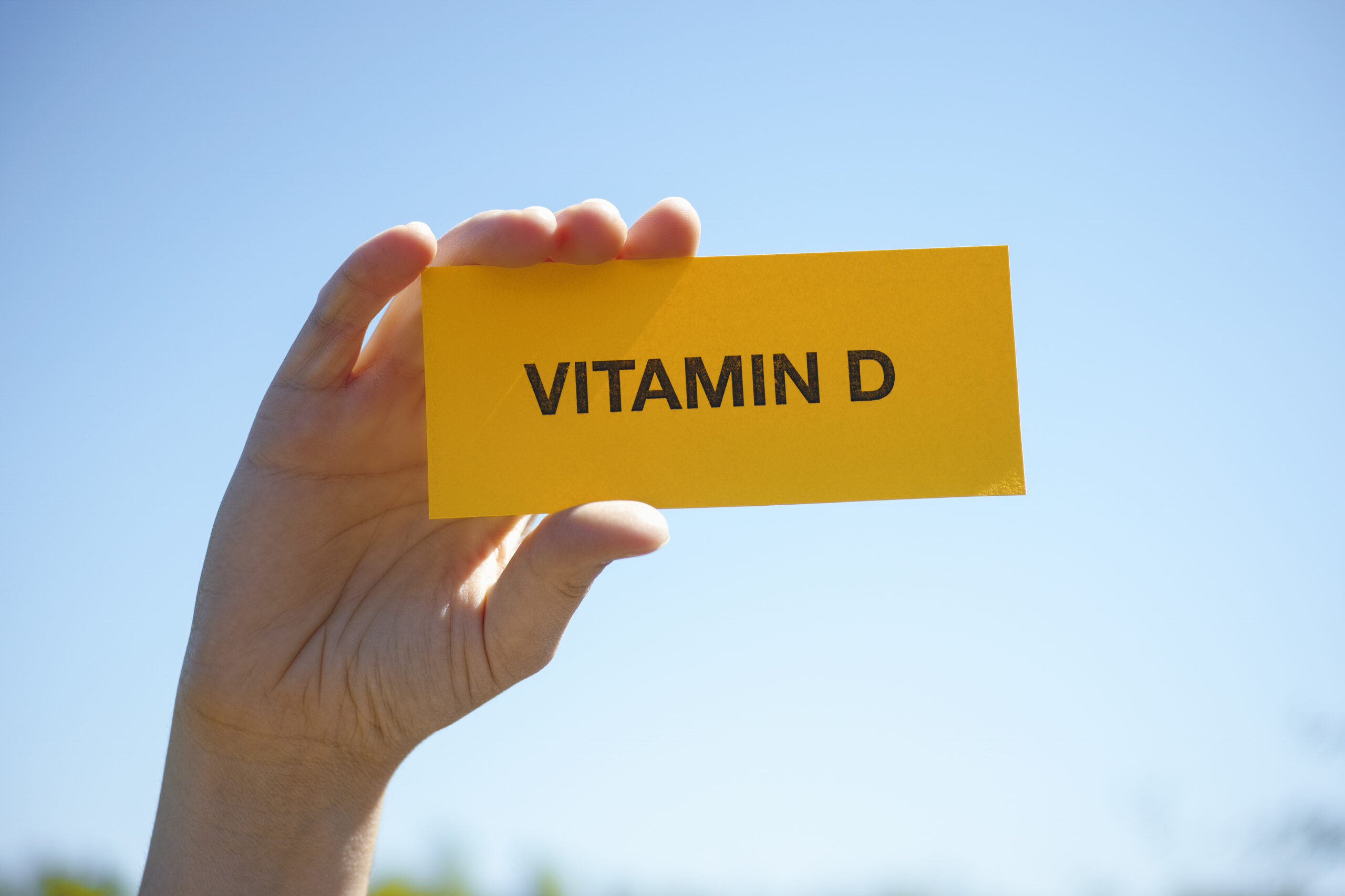
We'll leave this question to the experts: "The US Institute of Medicine Recommended Dietary Allowance of vitamin D is 400 IU per day for children younger than 1 year of age, 600 IU per day for children at least 1 year of age and adults up to 70 years, and 800 IU per day for older adults." IU stands for international units, which is the measurement that is used for drugs and vitamins.
Spending time outside during the day is your best option.

Nothing beats natural sunlight when it comes to helping your body produce vitamin D. The thing is that it gets tricky because your skin needs direct sunlight. That means no sunblock. But you can't be out for an extended time without wearing sunblock because you don't want to develop skin cancer. What you can do is go out for about 15 to 20 minutes to get some rays before heading back indoors or slathering up with sunblock.
Sit by an open window.

Sitting by an open window when you can't be outside can help you get some sunlight to stimulate the production of vitamin D. You want to make sure it's an open window, because most windowpanes have been treated so that they block out UV rays, and if you aren't getting those rays, then your body won't produce vitamin D.
Ultraviolet lamps are also an option.
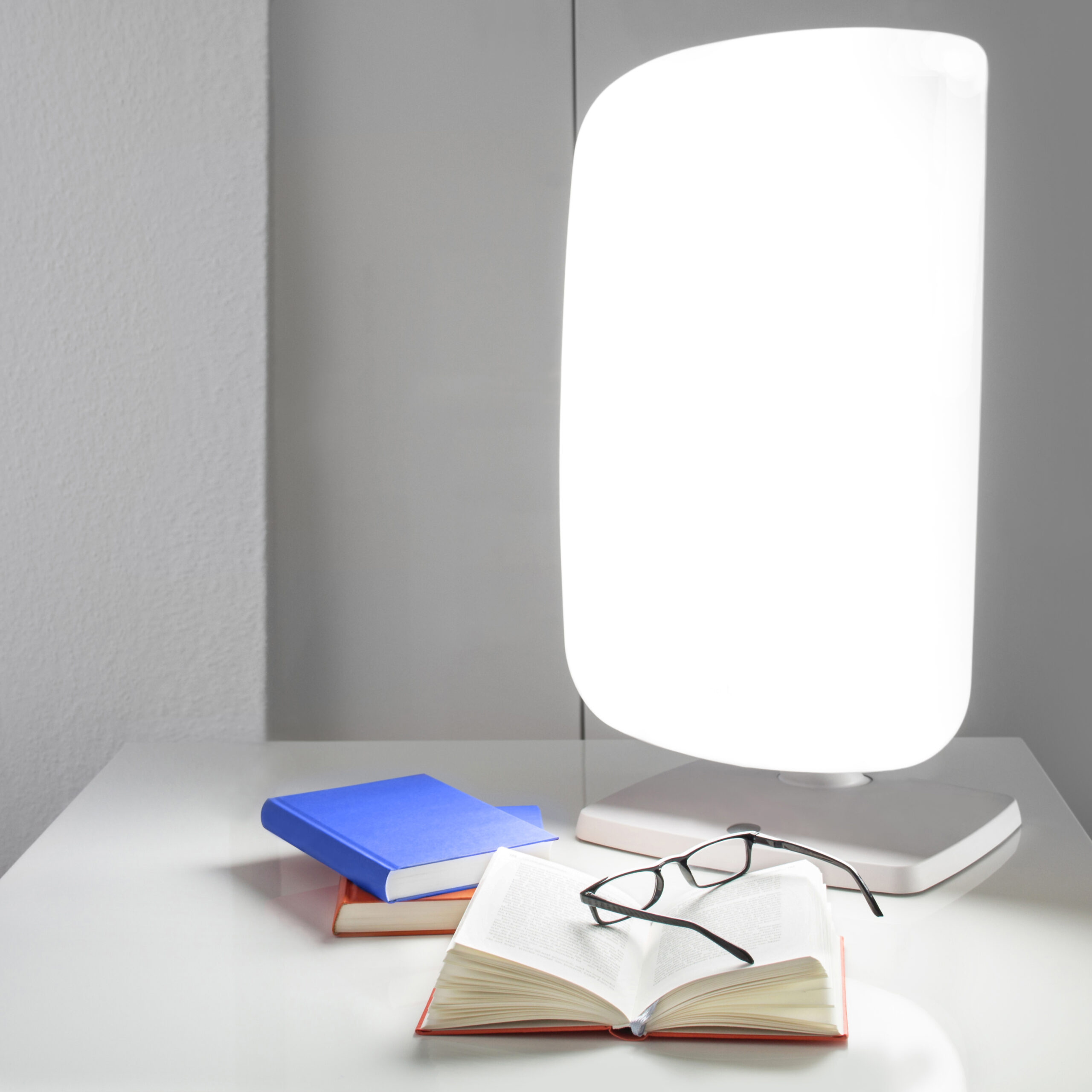
If for whatever reason you can't get enough natural sunlight to boost your vitamin D production, you can consider buying an ultraviolet (UV) lamp. You do want to talk to your health care provider before doing so, because these lamps should be used for only short periods of time—usually no longer than 15 minutes at a time—to avoid the risk of skin cancer. You might also want to wear protective eyewear while using one.
Egg yolks are a good source of vitamin D.
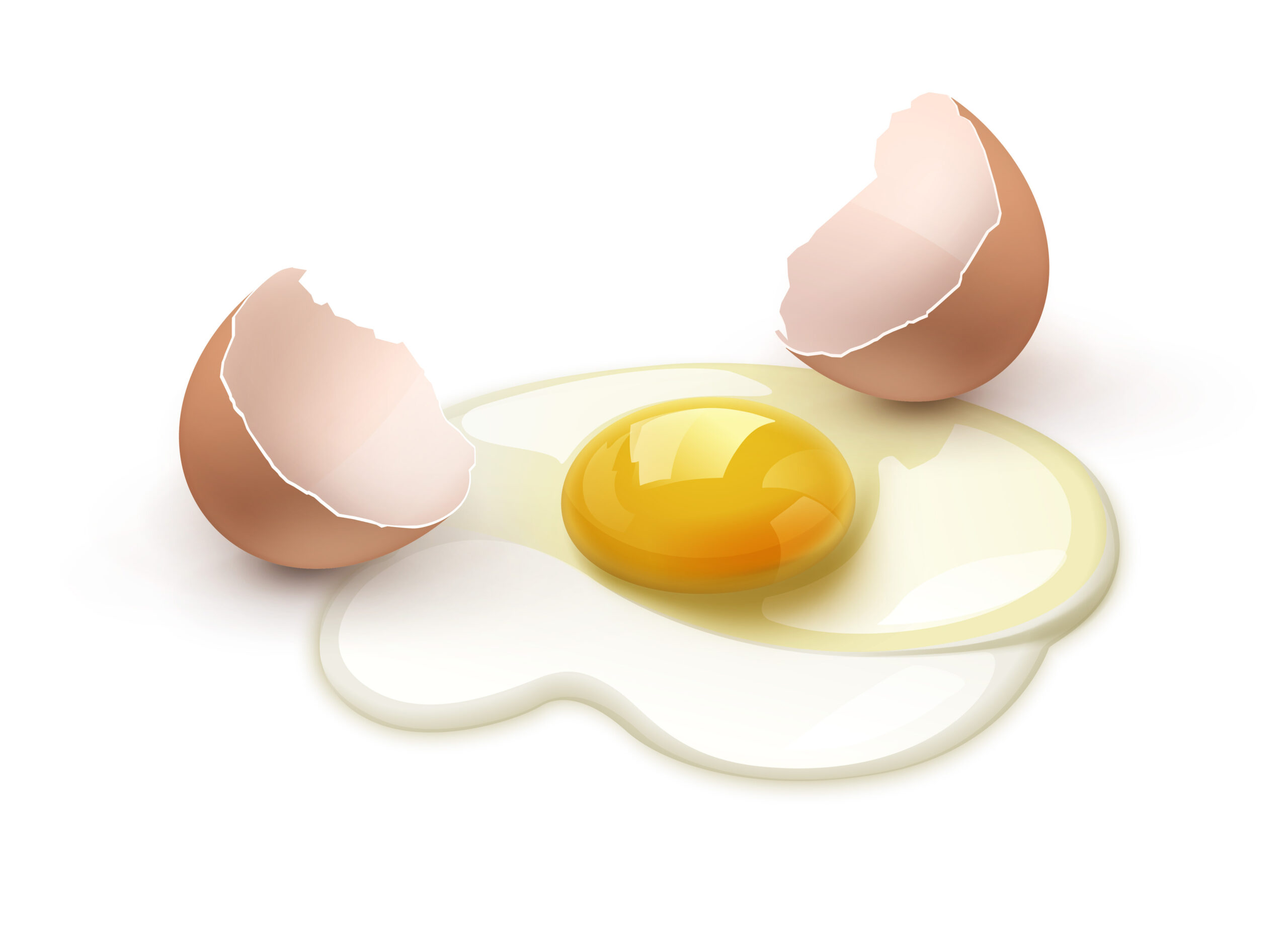
Eggs are an easy way to add vitamin D to your diet. Just make sure that you are eating the yolks, because it's the yolk of the egg that gifts you with vitamin D and not the white. The yolk of one egg will give you about 40 IU of vitamin D. Not too shabby.
Salmon is all kinds of good for you.
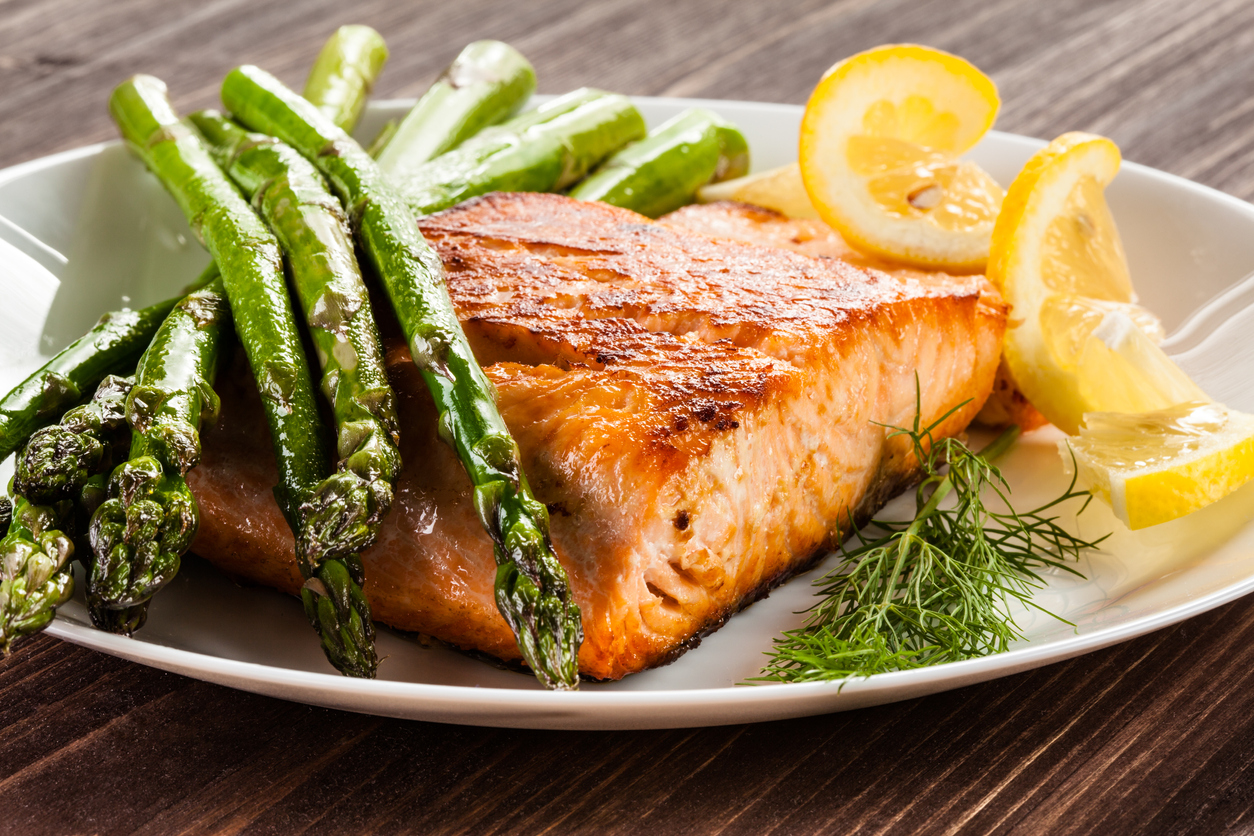
You can have either wild or farmed, but beware of the difference. Wild salmon has more vitamin D than farmed. According to a 2007 study by researchers at the Boston University Medical Center, "farmed salmon had approximately 25% of the vitamin D content as wild salmon had." That's a sizeable difference that might influence your choice of whether to opt for farmed or wild salmon.
Shrimp and oysters are a great option for shellfish lovers.
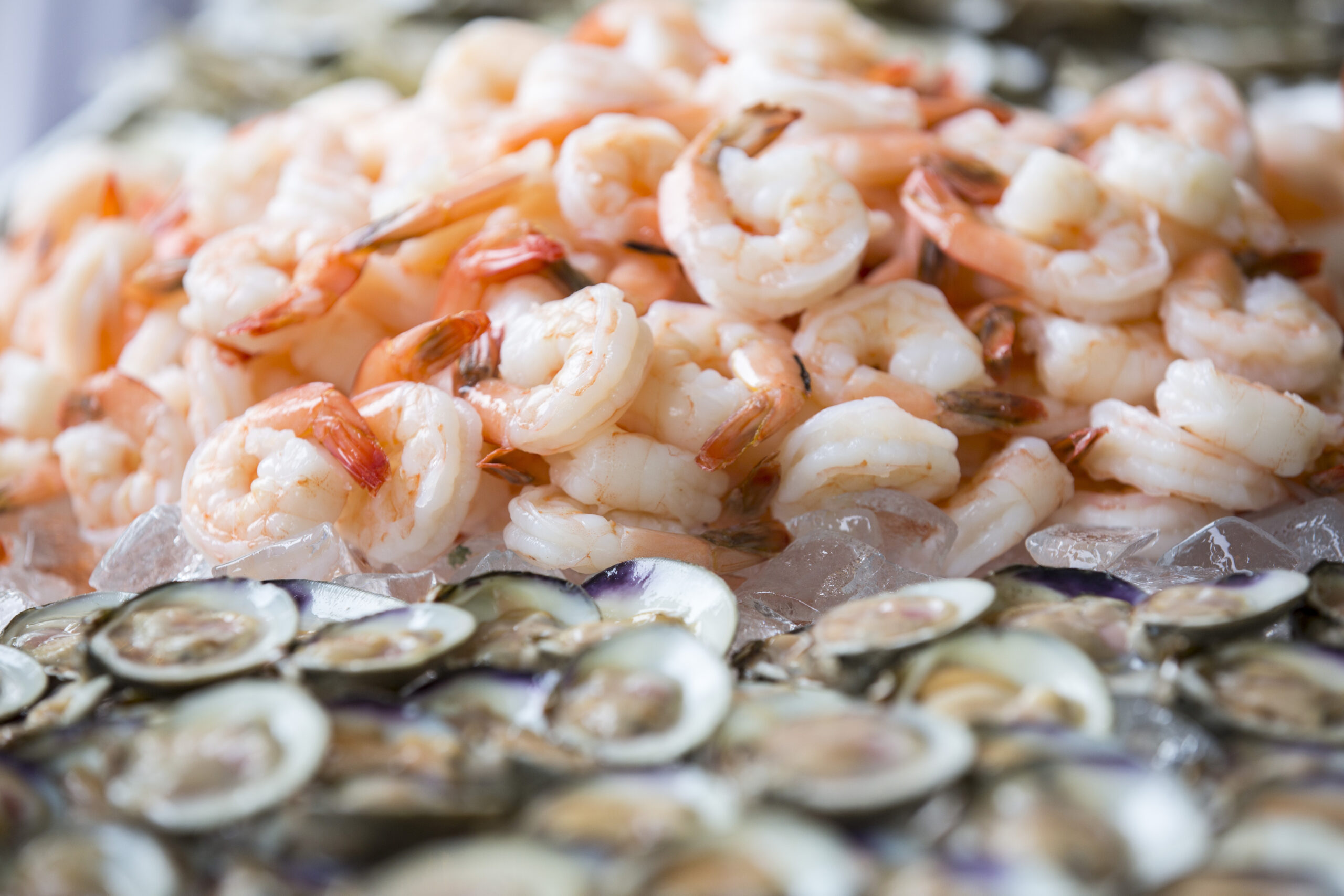
Just 4 ounces of shrimp can provide you with 40% of your daily vitamin D needs. Wild-caught raw oysters can give you up to 80% of the recommended intake. Shrimp and oysters probably aren't going to be something that you eat every day, but it's good to know that when you do splurge and eat them, you are taking care of your immune system.
Good news when it comes to canned tuna!
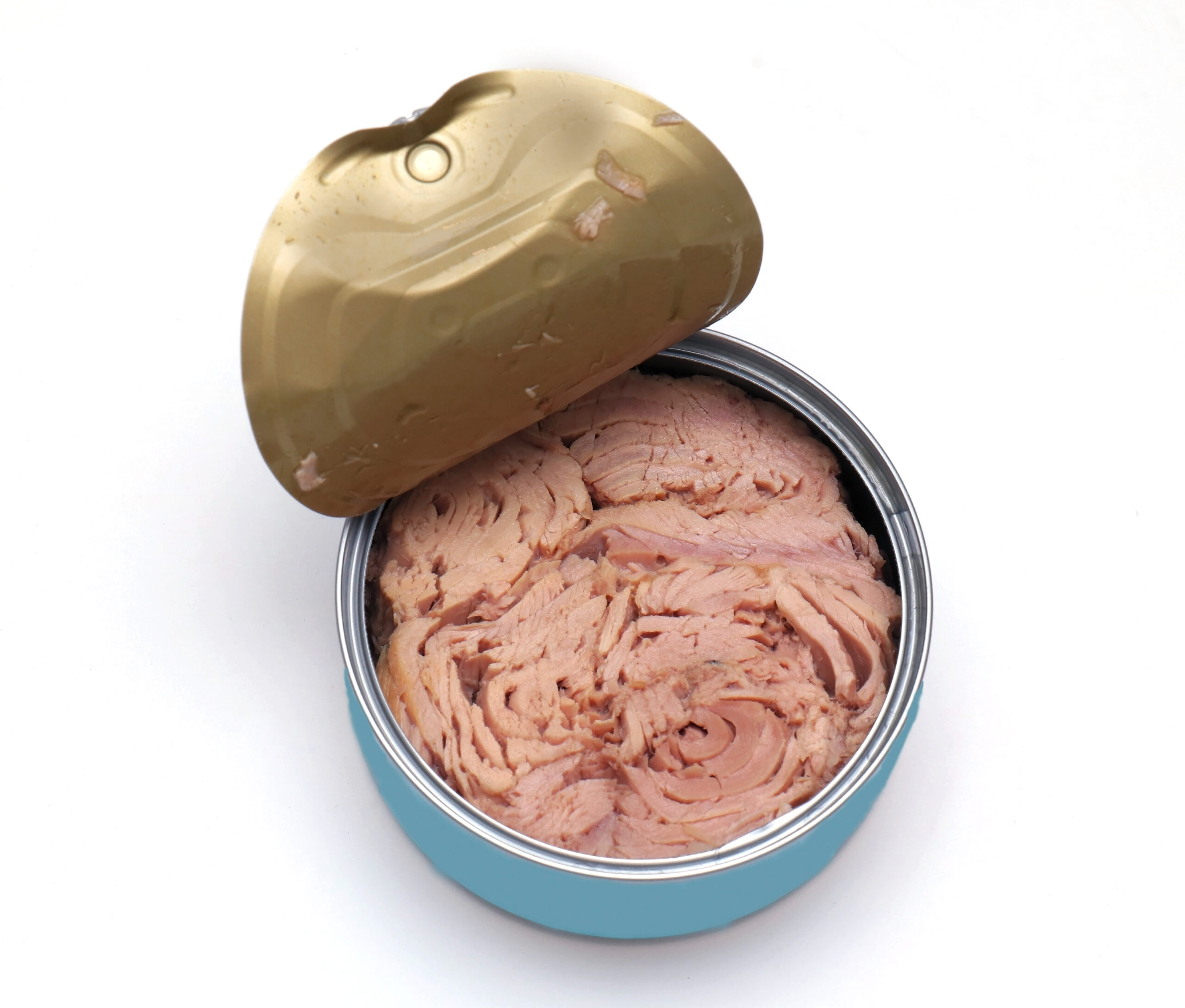
Many of us like canned tuna because it's convenient, keeps for a long time, and is usually way more affordable than fresh tuna. Well, if you are buying canned light tuna, guess what? You are getting up to 268 IU of vitamin D in every 3.5 ounces. Tuna salad sandwiches, here we come!
Canned sardines are another affordable fish option.
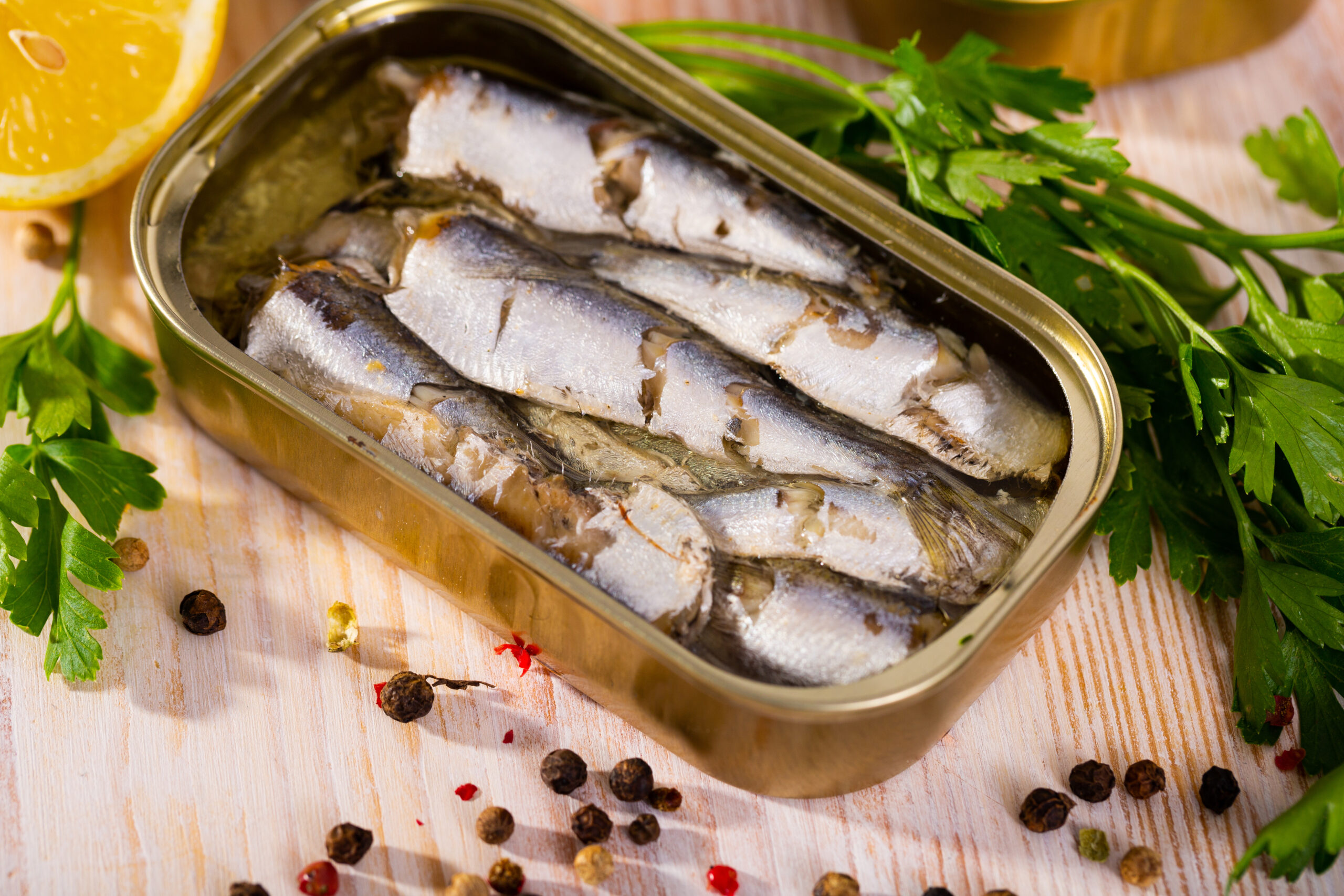
A 3.8-ounce can of sardines contains about 22% of your daily vitamin D needs. Not to mention that they are easy to find, store for extended periods, and are easy on your wallet. If you don't have any in your pantry, get some!
Beef liver is a great source of vitamin D.

If you don't like liver, there's probably nothing we can say to convince you to eat it, and that's OK, because you can opt for other sources of vitamin D. But if you love you some beef liver, know that a cooked 3.5-ounce serving will give you about 50 IU of vitamin D. So eat your liver and onions in health!
Mushrooms are a great vegan or vegetarian option.
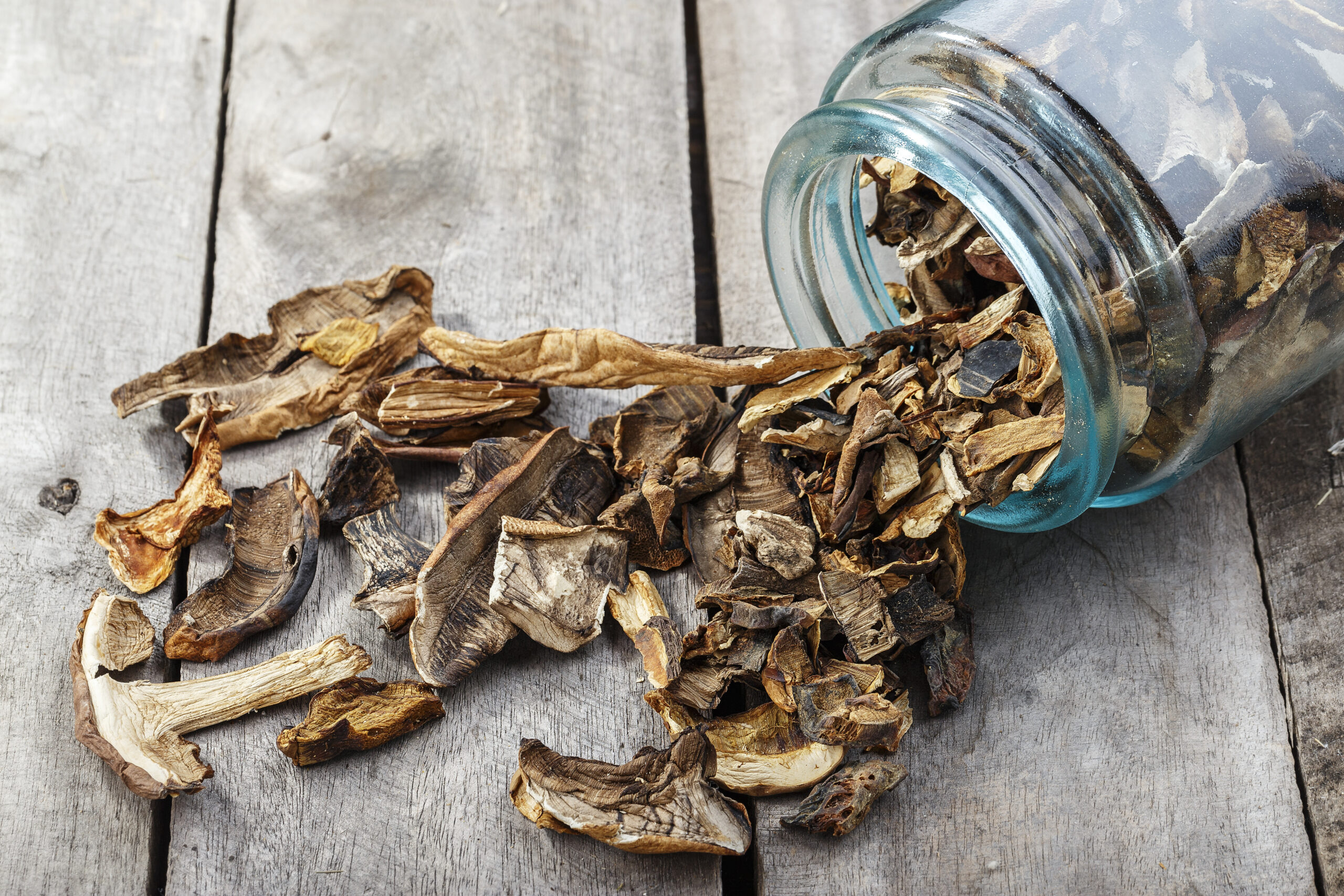
Believe it or not, the best dietary source of vitamin D comes from mushrooms. Dried mushrooms have even more vitamin D in them than fresh because they've been treated with UV light. You can add mushrooms to your omelets or serve them as a side dish at dinner.
Fortified milk is very easy to find.
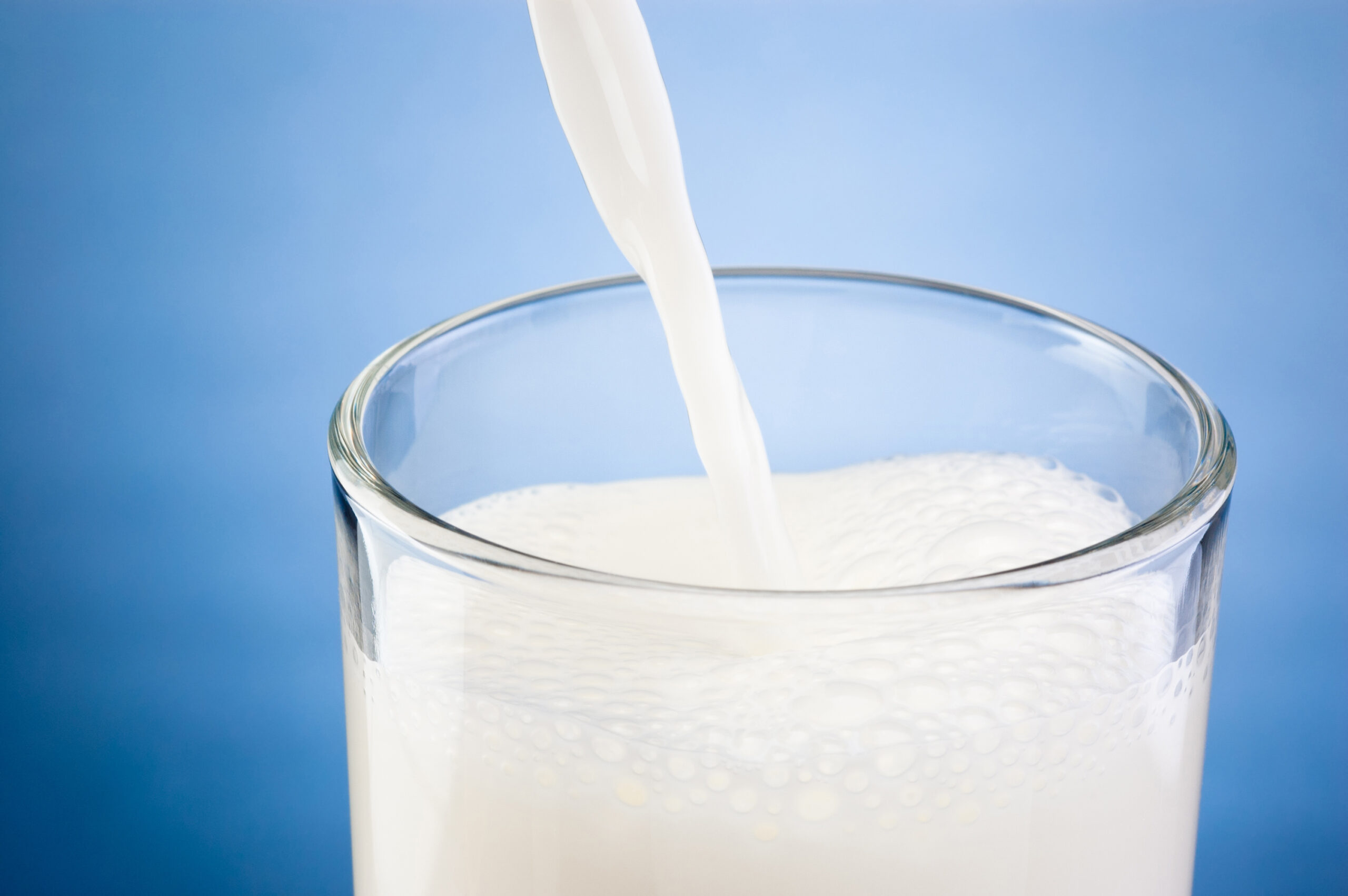
Most of the milk that you find at the grocery store is fortified with vitamin D and will say so on the packaging. On average, 8 ounces of milk will have around 100 IU of vitamin D. You can also get lower amounts in yogurt. You can even find milk alternatives—such as soy, rice, or almond milk—that have been fortified with vitamin D.
Fortified orange juice is also an option.

If you aren't a milk or milk alternative drinker, don't worry. There are plenty of orange juices on the market that have been fortified with vitamin D. An 8-ounce glass of OJ will usually have around 100 IU of vitamin D. But always check the labels to make sure, because amounts vary by product.
Fortified cereals are a great way to include vitamin D in children’s diets.
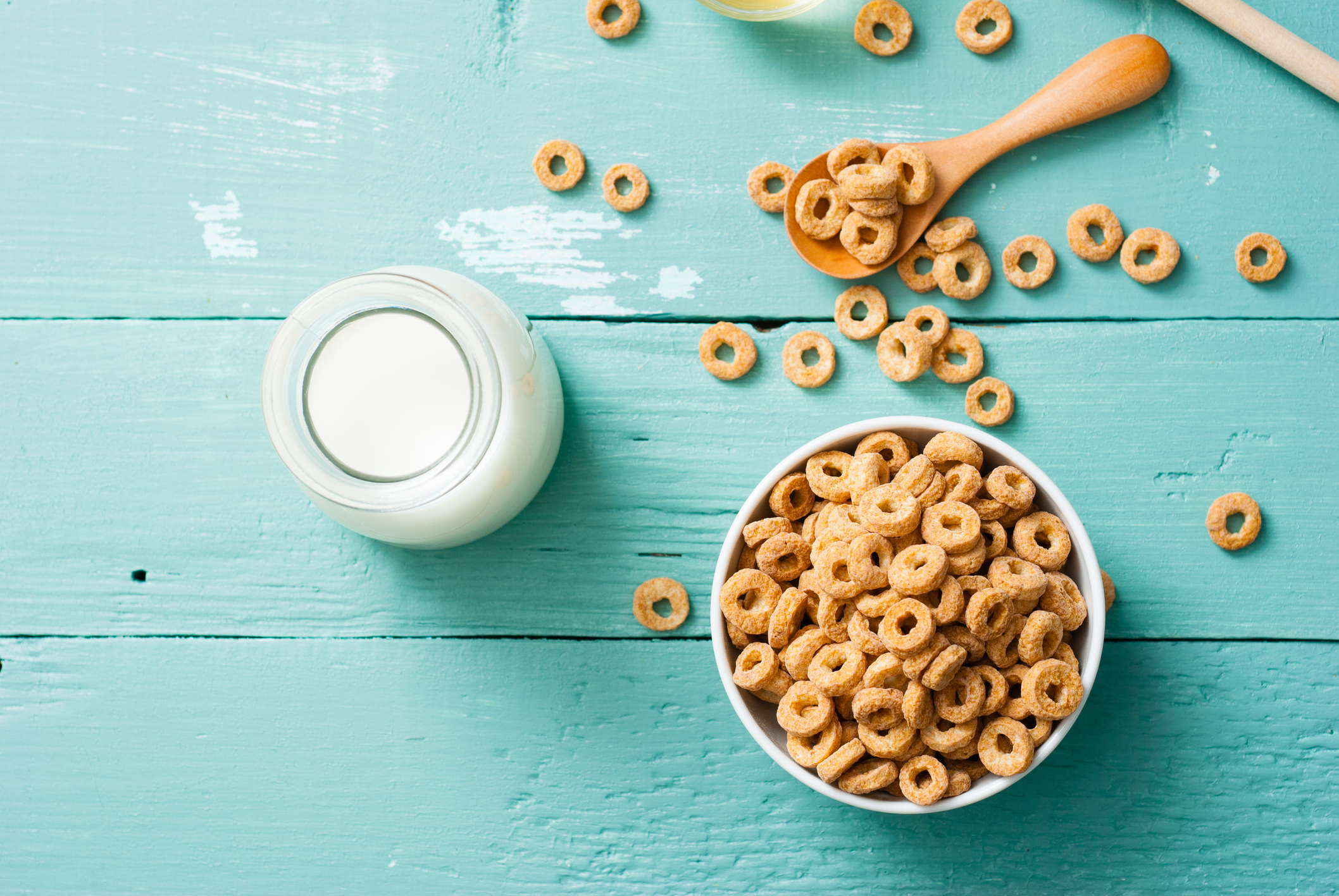
Most kids are big fans of cereals. Fortunately, many cereals are fortified with vitamin D. If your child has a bowl of cereal with fortified milk, then they will be getting vitamin D from both their cereal and their milk. This could add up to about 200 IU. Not bad at all.
Cod liver oil sounds so old-fashioned, but it works.
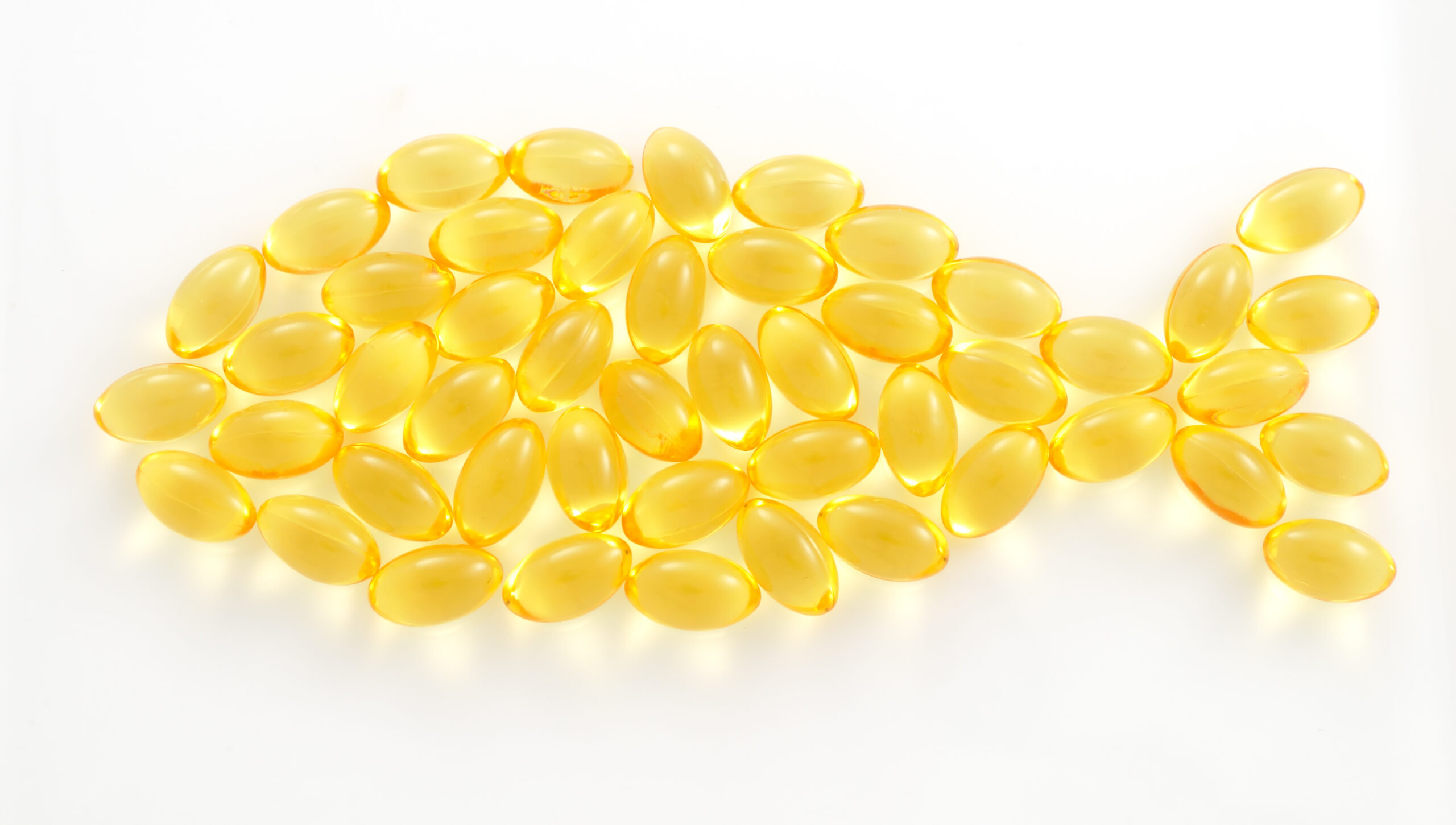
A single teaspoon of cod liver oil packs about 450 IU of vitamin D. That's a lot! If it grosses you out to drink it, you can get it in a mint-flavored version, or you can take it as a capsule.
Supplements are always an option.
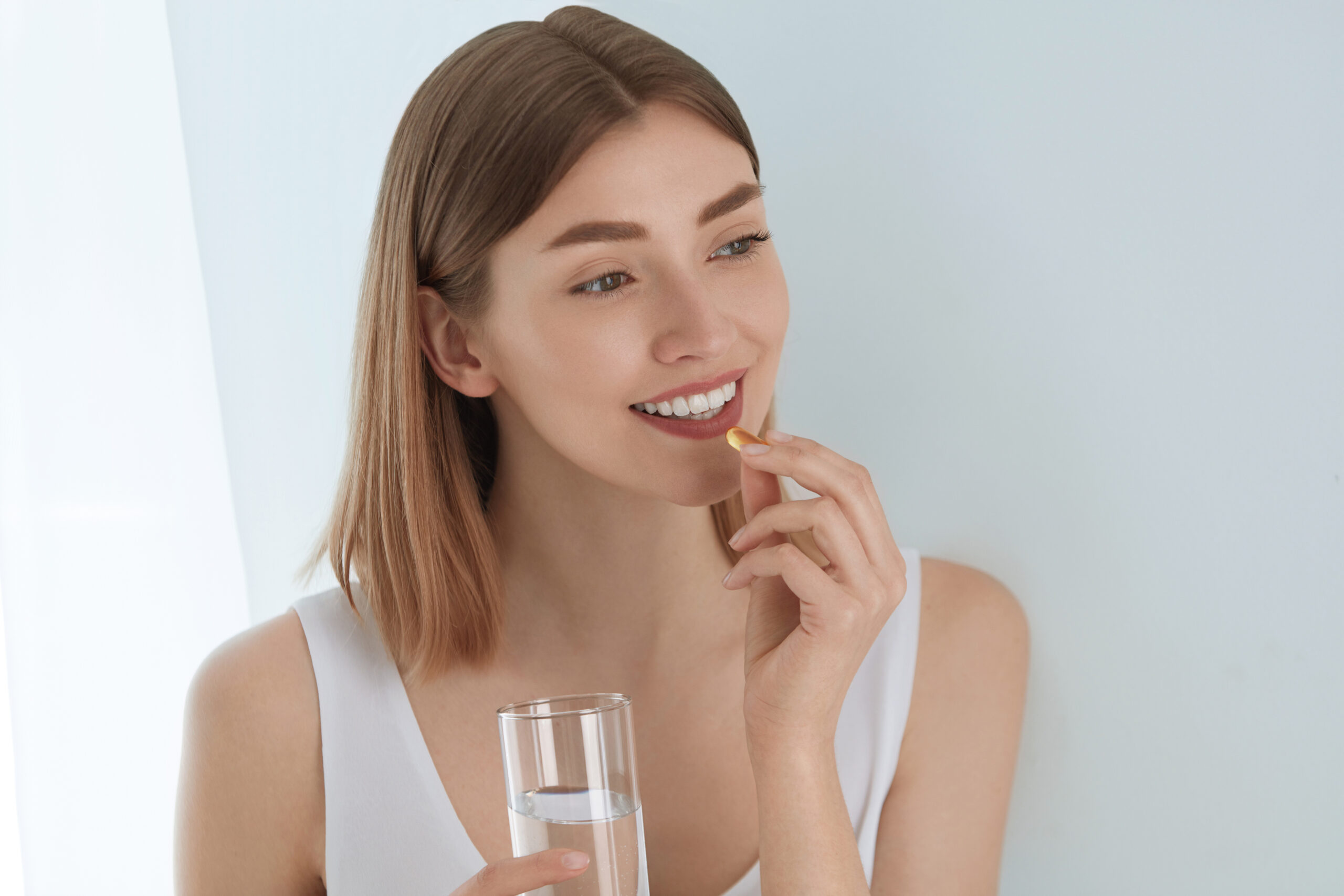
The thing to keep in mind when taking supplements is that they aren't regulated by the Food and Drug Administration. That means the label could say you are getting something, but that may or may not be true. That's why it's always best to try to meet our nutritional needs via our diet and behavior.




